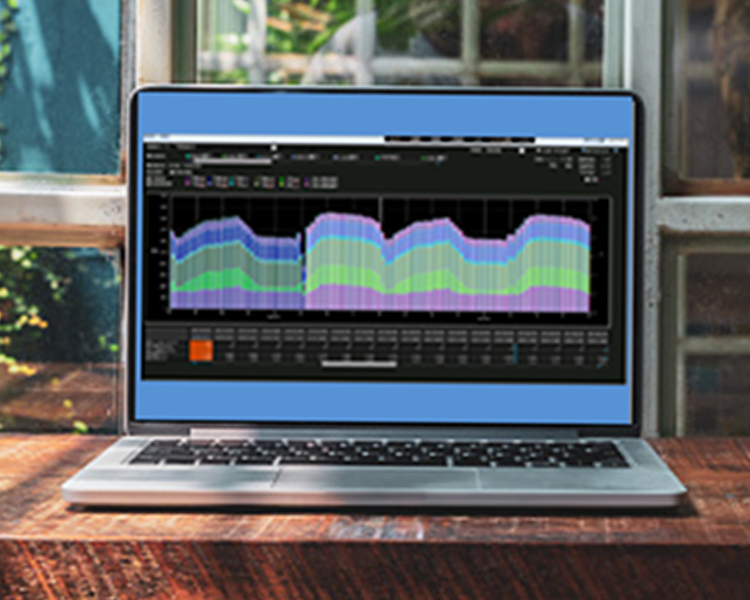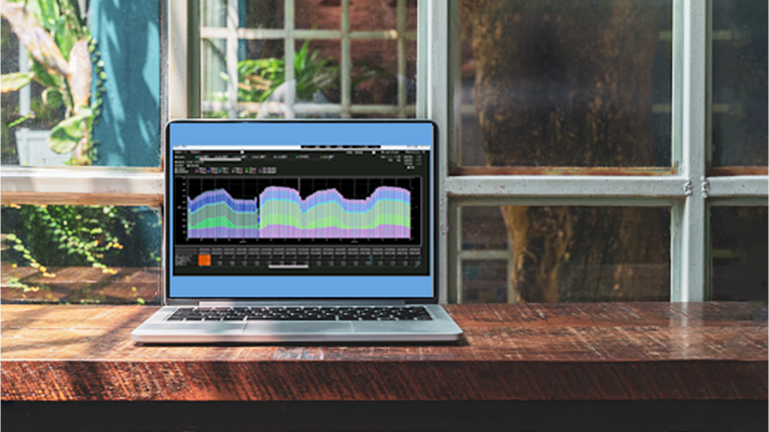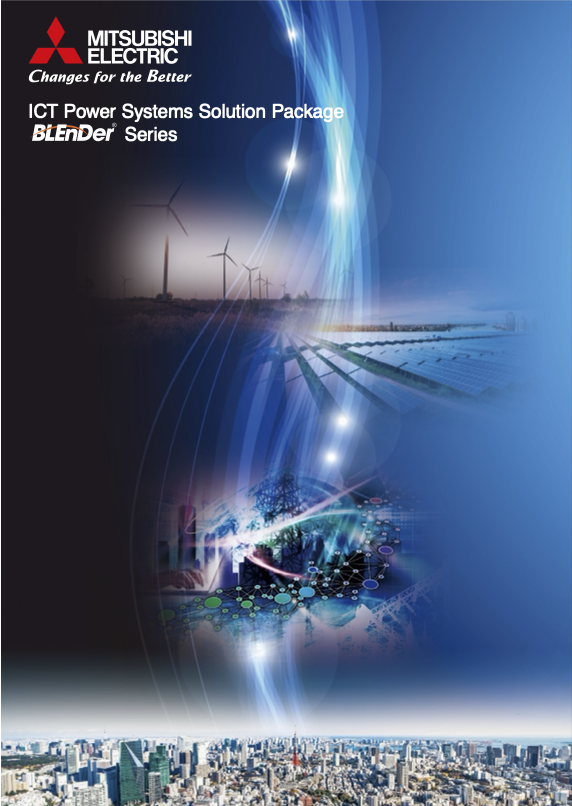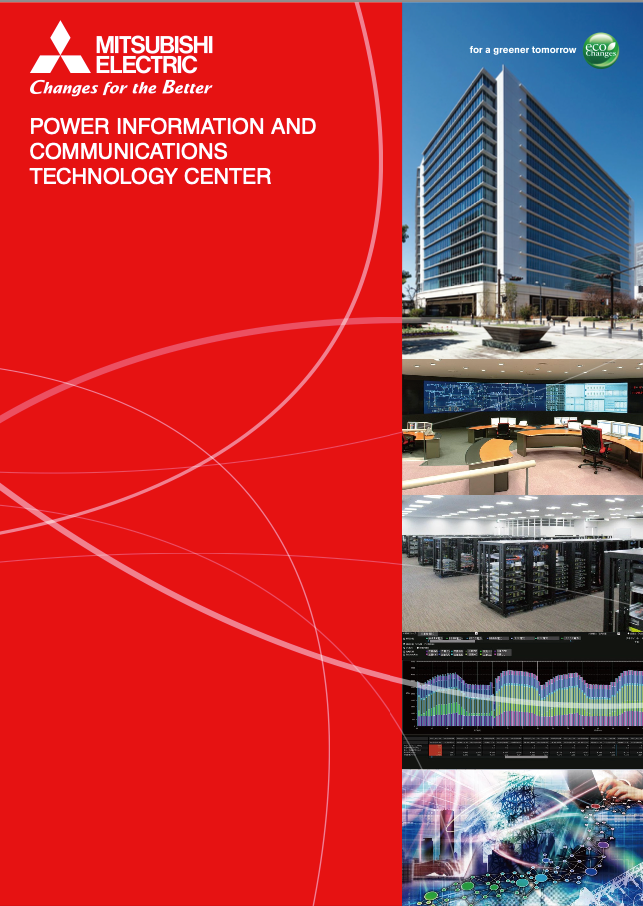

CASE 01
Reduced total cost via automated & remotely controlled distribution operations
There is great potential for advanced metering infrastructure (AMI) to drastically reduce the total cost of the electricity distribution workflow.
Challenges

- With today’s conventional power metering systems, meter readers need to visit and individually check in person each consumer’s meter on a monthly basis. This can sometimes result in human error and create significant labor costs.
- As conventional systems in widespread use are incapable of accurately recording important details of electricity consumption, installing optimized power distribution equipment that corresponds to demand is a challenge for utility companies, resulting in overbuilding and unnecessary equipment costs.
- Conventional systems are incapable of preventing distribution losses such as power theft, so utility companies are unable to effectively recover the costs of power supplied.
Solutions

- The introduction of AMI enables the automatic collection of meter data and for the most part eliminates meter reading work and its accompanying drawbacks. Additionally, it can minimize human labor with the electrical service switched on or off by remote-control and constant remote monitoring.
- Smart metering systems can accurately record the detailed amount of a consumer’s electricity consumption at intervals set by utility companies and consistently manage actual load and voltage levels. Based on such data, distribution companies can invest in the best equipment by reviewing required demand at the time of equipment renewal.
- Remote switch on and off functionality, as well as constant monitoring help prevent unauthorized use, including power theft, a feature conventional meter systems simply cannot match.
- More specifically, Mitsubishi Electric’s AMI systems achieve a data collection rate of 99.9% or more. This is a higher level than that of general smart meter systems, enabling utility companies to gain a better understanding of actual consumption and apply the appropriate charges accurately, while preventing consumers from using electricity out of contract.
- Furthermore, our systems feature an optimal network design tool for selecting a means of communication, as well as reliable and power efficient RF communication terminals. Therefore, by utilizing all available features, utility companies can minimize the total costs of overall distribution workflow.
Our Highlighted Benefit

- Optimizing power distribution equipment corresponding to the level of actual load and voltage via a high data collection rate that provides a comprehensive and detailed understanding of actual electricity consumption.





